Nothing Phone (2a) review: is this going to be the king of budget phones?
We may earn a commission if you make a purchase from the links on this page.

Nothing Phone (2a) Intro
The Nothing Phone (2a) launched with a lot of fanfare early last year. It has since been upgraded to the Nothing Phone (3a), and there's an extra Phone (3a) Pro. However, if you happen to find a Phone (2a) and wonder how it performs, our review follows:
Where does it sit on the tier list? The Nothing Phone (2) is still the flagship and the best from Nothing that you can buy right now. A Nothing Phone (3) is not coming until some time in 2025. The original Phone (1) used to be the more "affordable" version of that, but has since been replaced by this Phone (2a).
There's also a newer model — the Nothing Phone (2a) Plus — which is very similar to the (2a), but has a slightly faster processor, basically.
The Nothing Phone (2a) used to be the lowest-priced entry point to that quirky Nothing ecosystem, but you can now go even cheaper with the new sub-brand — the CMF by Nothing Phone is priced even lower and delivers the same software experience as other Nothing phones, sans the transparent back and LED Glyph.
So, where does that leave the Nothing Phone (2a)? Is it still a good midrange buy, or should you go up or down to other Nopthing products? How is its performance, camera, and battery life? We tested it!
Disclaimer: PhoneArena has a new Review Rating System! You might notice that scores on PhoneArena.com have changed! We are using a new system where we score smartphone across twelve different categories to arrive at one holistic and objective score. This new score does not account for the price of the phone, which is why budget phones typically receive lower scores. That might look a bit strange at first, so remember that this score should be interpreted in the context of other devices in the same price class. We explain the whole review rating process in detail here, and we will soon have our complete database of tested phones for you to explore.
What’s new about Nothing Phone (2a)
- Fully plastic build
- A new, smaller version of the Glyph
- MediaTek Dimensity 7200 Pro processor, tuned in partnership with Nothing
- 6.7" screen with Gorilla Glass 5
- 5,000 mAh - largest battery in a Nothing Phone so far
Table of Contents:
Nothing Phone (2a) Specs
Having it where it counts
With a midrange phone that costs well below $400, obviously some corners had to be cut. However, the Nothing Phone (2a) specs still look very, very decent, with a good display, great battery, and a processor that sounds promising.
| Specs | Nothing Phone (2a) |
|---|---|
| Size and Weight | 6.37 x 3.01 x 0.34 in (161.7 x 76.3 x 8.55 mm) 6.7 oz (190 g) |
| Display | 6.7" AMOLED, 1084 x 2412 (394 PPI) 30-120 Hz 1,300 nits peak |
| Processor | MediaTek Dimensity 7200 Pro 8-core, 2.8 GHz, 4 nm |
| Software | Nothing OS 2.5, Android 14 |
| Cameras | 50 MP main, f/1.88 aperture 50 MP ultra-wide, f/2.2 32 MP front , f/2.2 |
| Battery Size | 5,000 mAh |
| Charging Speeds | 45 W via cable No wireless |
| Prices | 12 / 256 GB for $349 |
The Nothing Phone (2a) is available in a couple different variants across the world, with RAM and storage option tiers. In the States, you need to register for the Nothing Developer Program and you will get to buy the 12 GB / 256 GB model for $349. It supports all major carrier, but you can only get 5G on T-Mobile via the N41 band. It will only work with LTE on Verizon and AT&T.
The Nothing Phone (2a) comes with a plastic body, 50% of which is obtained through recycling old materials, including ones from the Nothing Ear (2) production line. But here's the kicker — the screen is still protected by a Gorilla Glass 5 pane, and the phone is still rated IP54 for limited dust protection and water splash resistance.
The sides are flat, the blending between the back panel and the frame is done via a rounding off of the transparent plastic, which feels great in the hand. The actual frame is a nice rough grain of matte and has a very reassuring feel to it — not far from heavily-painted aluminum frames that we've felt on phones in the past. It still gets warm fast and that glossy plastic back collects a lot of fingerprint smudges. Not to mention that it gets all sorts of lint and pet hair stuck to it. But, overall, the design looks nice and is practical.
The volume buttons have a bit of wobble, but a nice (if shallow) click to them. The symmetrical bezel around the screen makes it look like something special — certainly something north of $350.
The camera module on the back will be a divisive subject. It looks a bit odd, but Nothing proudly calls it "the eyes" of the phone, and points out that the processor is right there next to the camera, acting as "the brain". And yes, the circular Glyph is — obviously — the head. It's a much softer-looking bump than the promo renders and pictures make it appear as. We kind of got used to it pretty quickly. Then again, we've seen horizontal cameras in the past — remember phones like the Galaxy Note 8 and LG V30?
Bonus points for the horizontal camera module — when placed flat on a table, the phone doesn't wobble, since the wide bump is situated right in the middle. Then again, that's a weird selling point, considering that the Glyph interface sales pitch is that you can put your phone face-down and get your notifications from the light patterns.
The Glyph features three LED stripes, versus the 11 individual pieces on the Phone (2). It will still blink and glow in patterns for different notifications, and the top-left arched LED strip can still work as a timer when you flip the Phone (2a) face-down. You can also download the Glyph Composer to make your own ringtones and patterns, though — at the current point — there's a slight delay when starting the recording, and it's quite a pain to get your composition right from the get-go. Maybe let us edit the recordings and quantize the timings of the notes, Nothing?
The red accent on the back is just cosmetic — that's not a recording light or anything. Seems Nothing just wanted to add a bit of flair there.
The Nothing Phone (2a) comes in two... (or three?) colors. Black and White — the familiar classic. And a Milk color, which is available through the nothing.tech website and in some select UK locations. It's basically White... but a bit whiter?
When unboxing Nothing Phone (2a), you will find the bare basics — the phone, a pre-installed screen protector, a charging cable — somewhat transparent but not like on the flagship —, a SIM ejector tool and some booklets. No charger, no earphones — but we don't really expect to see these nowadays. Budget phones will often come with some type of cheap case, but the Nothing Phone (2a) does not include that in the box.
Nothing Phone (2a) Display
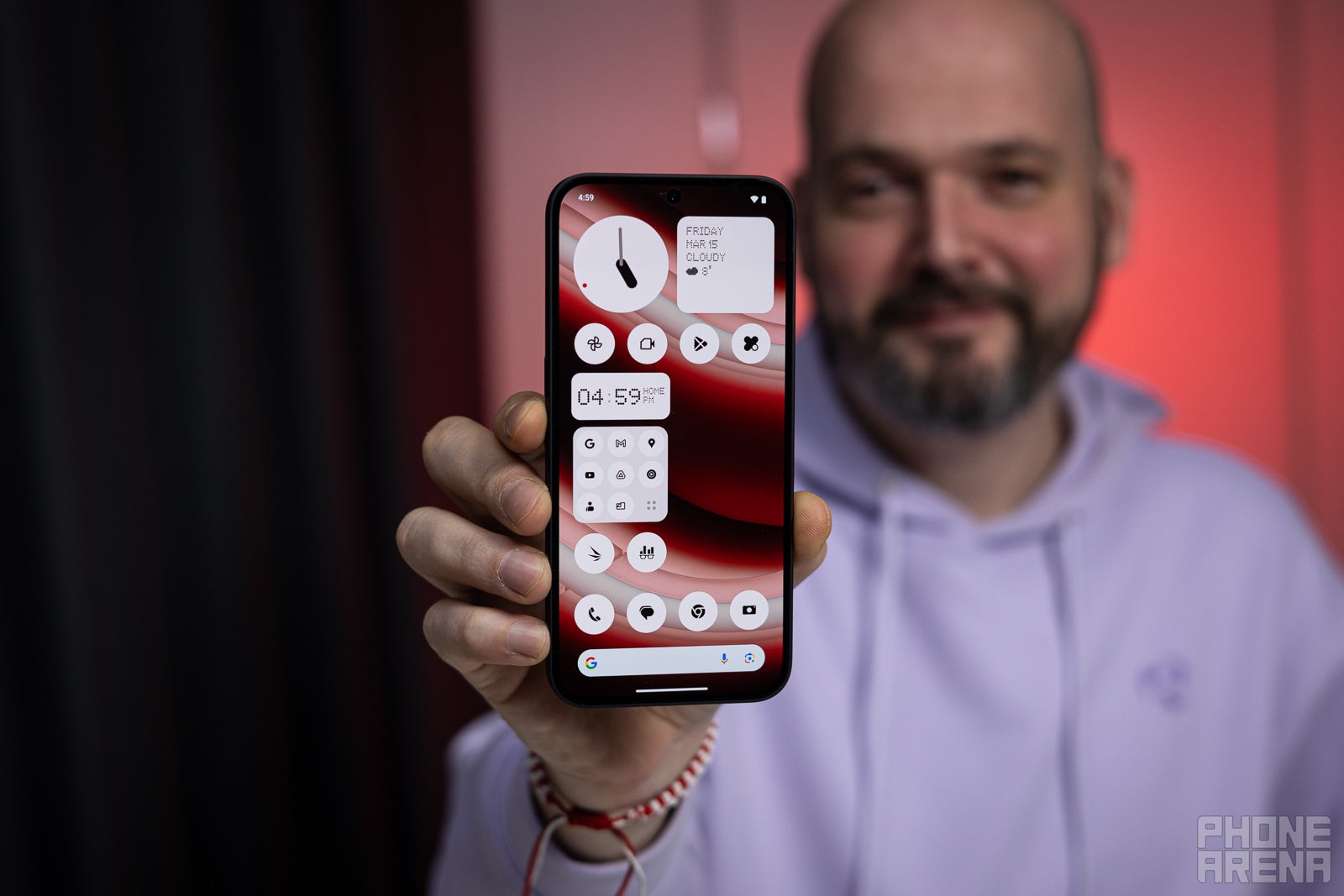
The Phone (2a) comes with a generous 6.7" AMOLED display with a weird resolution of 1084 x 2412 — that equates to 394 pixels per inch, which is sharp enough for a phone, in our opinion. Its refresh rate goes up to 120 Hz, which is quite a feat for a $350 smartphone — in 2024, midrangers are getting high refresh rates, but few reach 120 Hz. The iPhone 15 still hasn't been able to break the 60 Hz barrier, the poor thing.
Nothing specs say the display hits 1,300 nits of peak brightness, 700 nits of typical max brightness. Not outstanding, but pretty good and should be easily visible outdoors. Our lab measurements can be seen below. As far as our in-life experience — we found the screen to be perfectly visible out in daylight.
It's a very pretty screen with nice, saturated colors without being too aggressive on the eyes. We also have color temperature settings, dark mode, and blue light filter, as is standard nowadays.
There's a fingerprint scanner under the screen here — of the optical variety, of course. It works pretty reliably. Not lightning fast, but snappy and we didn't get many misreads.
Nothing Phone (2a) Camera
N-eyes to see you
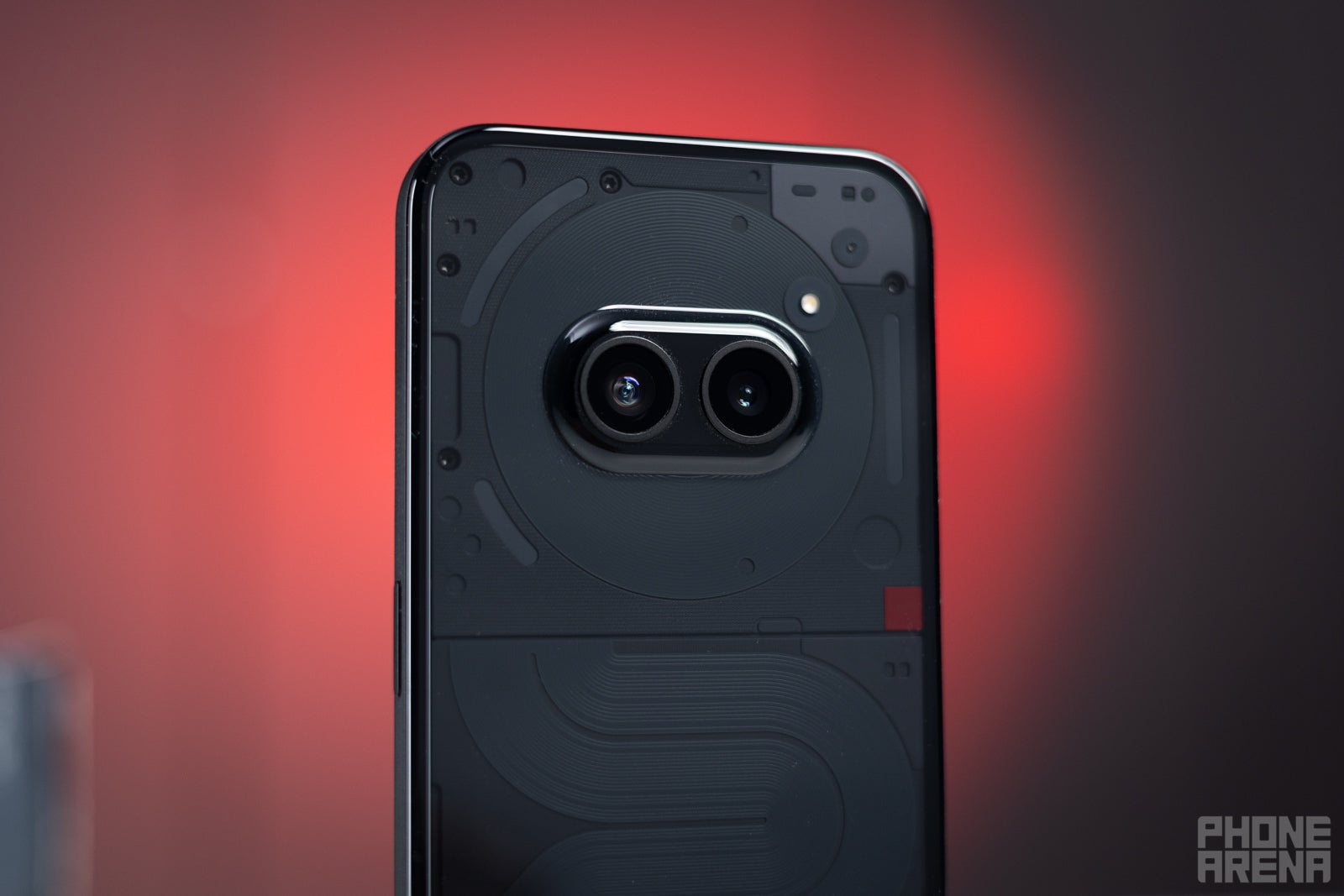
The main camera here has a 50 MP sensor and is supported by an OIS module. It can record 4K video at 30 FPS, and 1080p slow mo at up to 120 FPS. For pictures, Nothing says it uses a new Ultra XDR algorithm — a mix between Google's Ultra HDR and Nothing's previous Advanced HDR. It now takes 8 RAW photos at different exposures, and mixes them up for a balanced final result. Well, those are Nothing's words on the matter. And these are our samples:
Main Camera - Day
Daylight shots? Pretty good. Dynamics are impressive for a $350 phone — it does boost the shadows, so details there are visible. It also flirts with the idea of blowing out highlights but doesn't quite get to that point. Pretty well-balanced shots. Colors are a bit boosted — especially the yellows, and the reds are teetering on the edge of being aggressive. The sharpening is there, as is with every modern smartphone, but kept at bay. The noise reduction doesn't seem to smudge details — overall, a pleasant surprise!
Main Camera - Low-light
The night mode shots couldn't escape the curse of looking too over-processed. Good job on the exposure — sure, everything is visible. But the prolonged exposure and HDR boost certainly skews and oversaturates colors a bit, and the sharpening is now very evident with tiny halos around every little jagged edge. Mind you, we've definitely seen worse offenders. Again, if we are to judge this as a $350 smartphone — bravo, Nothing! We are quite impressed by the lack of noise and, yet there's very little trace of an aggressive noise reduction. And dynamics are, again, great — our only complaint being that these night shots look a bit too bright. But that's a problem that other — much more expensive smartphones — also have.
Zoom Quality
OK, Nothing Phone (2a), you can't keep bagging wins. There's no zoom camera on board and all magnification is digital. You have a button to quickly jump to 2x, and the max cap is 10x. Even at 2x, deterioration is visible, and the oversharpening halos are evident. It doesn't get much better from there, and at 10x the images are heavily pixelated and not something you'd be sharing.
Ultra-wide Camera
The ultra-wide camera also has a 50 MP sensor and its lens provides a 114-degree field of view — not the widest we've seen, but at least it has less lens distortion. Its dynamic range appears to be slightly narrower, but at least its colors are a tad more earthy and realistic than the main camera. Finer details appear soft, but we appreciate that Nothing — again — did not choose to go the route of software oversharpening.
Selfies
The 32 MP selfie camera takes OK selfies. Here, we can definitely see some oversharpening doing a bit too much, around the beard and eyebrows, as well as every pore in my face being slightly exaggerated. But skintone and dynamics are good, and we appreciate the phone didn't default to erasing facial features with an aggressive noise-reducer or default beautify filter. At night, it's very hard to take a photo that doesn't look at least a little bit hazy — even when holding the phone as still as humanly possible.
Video

The Nothing Phone (2a)'s tendency to boost exposure does play a nasty trick on its videos, where the highlights get blown out more often than not. Probably because the phone doesn't have the time nor the processing power to apply the fancy HDR algorithms while recording 4K at 30 FPS. In our quick sample video, you can see that the flagship Nothing Phone 2 takes superior clips. However, interestingly, it seems the Phone (2a) takes better photos in many situations!
We have rigorously tested the camera on the Nothing Phone (2a) and above you can see the results of those tests. We carefully measure the performance of all cameras in various test scenes, ranking the performance across important metrics like exposure, subject exposure, color accuracy, detail, artifacts and more. We do these tests for both photos and videos.
You can learn more about our PhoneArena Camera Score testing protocol here.
Nothing Phone (2a) Hardware
Always interesting to try a Dimensity
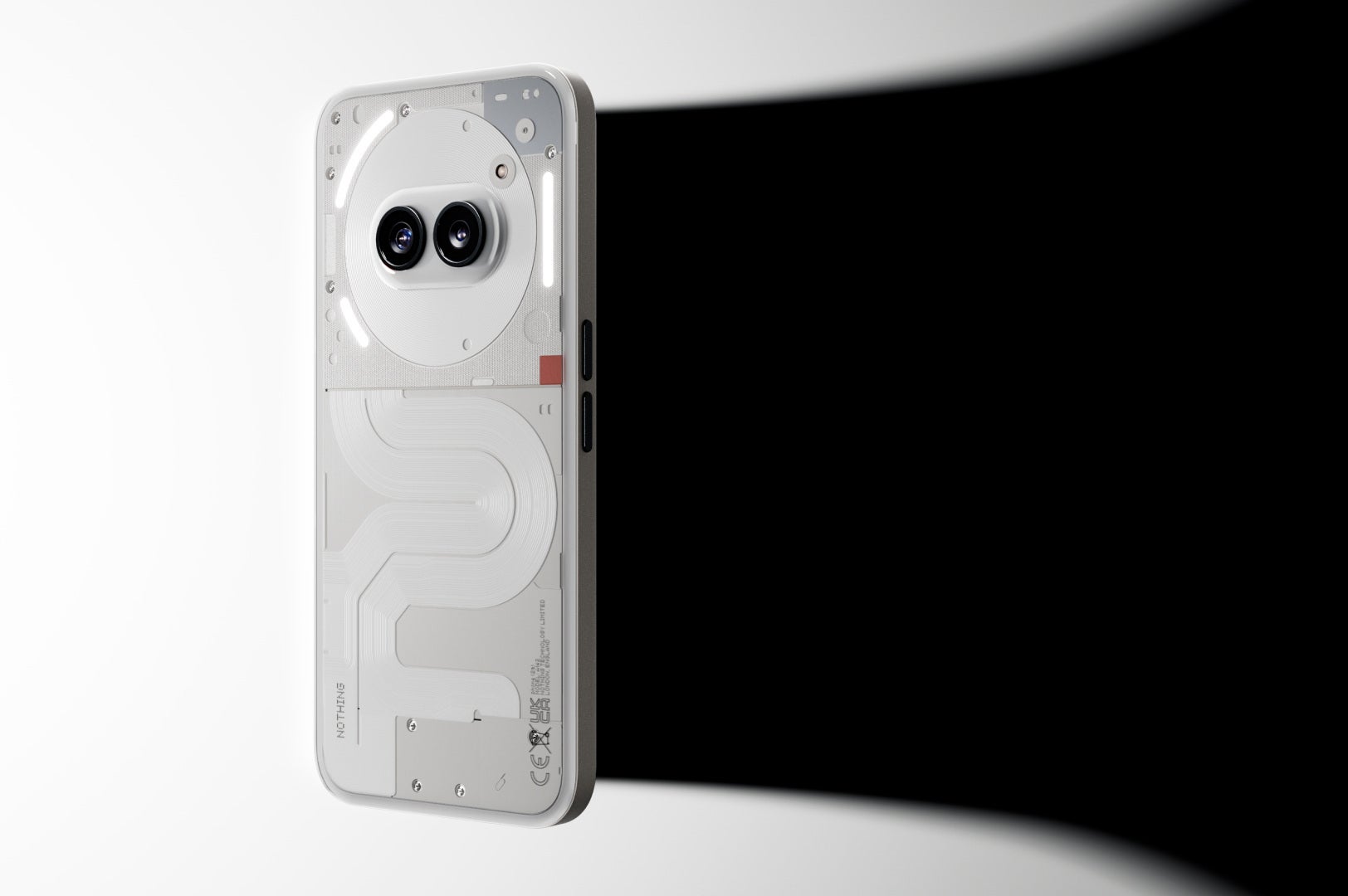
The Nothing Phone (2a) comes with a MediaTek Dimensity 7200 Pro — an SoC developed in close collaboration between both companies. The Dimensity 7200 Pro is built on a 4 nm process and has an 8-core CPU with a top speed of 2.8 GHz. Sounds great, but it's decidedly a midrange chip.
Additionally, the Phone (2a) has an "extra large" 3,200 mm2 vapor chamber for cooling. It's a bit tough to come up with a comparison on how big that is, as manufacturers rarely brag about the exact size of their cooling systems. From what we can gather, around 3,500 mm2 is the norm for top-tier flagship phones.
What we did notice and can report is that the phone did not throttle during the entire 3DMark Wildlife Stress Test — 20 cycles of heavy workload, every time the phone got the same score. Granted, it's not a very high score:
How does that translate into performance? The day-to-day use of the Nothing Phone (2a) is fine. Sure, you can stress it by rapidly swapping apps, but if you are actually using it as your regular smartphone — it responds quickly and opens apps fast enough. Two things we noticed — after taking a photo, it takes a long while before the phone is done processing it for a preview. And there's a bit of touch input lag — noticeable when playing dynamic action games, like Mighty Doom. We've had worse, but the Nothing Phone (2a) is not free of it.
Nothing Phone (2a) OS / Android version
The Nothing Phone (2a) comes with Nothing OS 2.5 out of the box — a quirky software that we are familiar with and quite fond of. It has a monochrome theme all through the interface, it allows you to put any quick toggle you like as an icon on your homescreen or a widget on your lockscreen, it has quality-of-life features like large size folders that let you fit more apps on a homescreen, still activated by a single tap.
The underlying Android version is 14 and Nothing promises 3 years of OS updates and 4 years of security patches. So, that should mean:
- 2024: Phone (2a) launches with Android 14
- 2025: Phone (2a) gets Android 15
- 2026: Phone (2a) gets Android 16
- 2027: Phone (2a) gets Android 17
- 2028: Phone (2a) gets security updates, end of support
At the time of updating this review, the Nothing OS 3 beta, based on Android 15, is available for the Nothing Phone (2a). A general release is expected in December, 2024.
Nothing Phone (2a) Battery
20 minutes = 50%
The biggest battery in a Nothing Phone yet. We had to double-check that, but stats don't lie — the Nothing Phone (1) had a 4,500 mAh battery, the Nothing Phone (2)'s grew to 4,700 mAh. Now, the Nothing Phone (2a) comes at us with a 5,000 mAh battery. Not only that, the company boldly claims that the MediaTek Dimensity 7200 Pro optimizations squeeze every last minute of on time from that battery.
PhoneArena Battery Test Results:
In reality? Not a complete champion, but definitely a dependable phone. We could carry it around peform tests, take our camera samples, and still have a good amount of charge through the evening. With casual smartphone use, we can see this power pack lasting up to a day and a half.
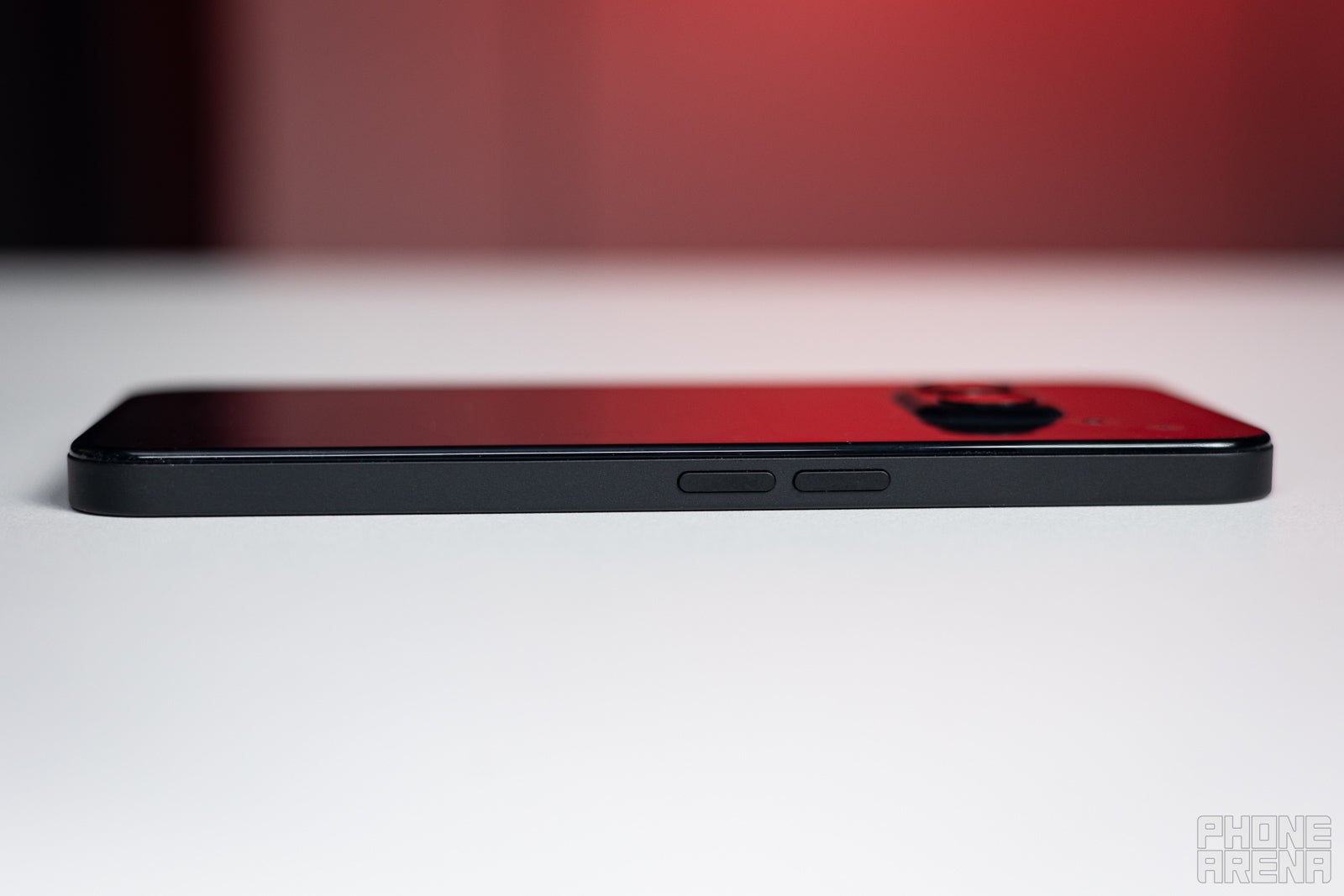
Unfortunately, there's no wireless charging on board — that's definitely one of the corners that needed to be cut to meet the aggressive price point. But the Phone (2a) does support 45 W wired charging, provide you find your own power brick, or buy the official one off the Nothing store.
As per the official specs, 20 minutes on the wire should give you 50% of battery. We used a different brand 100 W charging hub and got slightly slower charging, so probably getting the official Nothing 45 W brick from the store will guarantee you better results.
Nothing Phone (2a) Audio Quality and Haptics
Despite the price tag, this phone still comes with stereo speakers — the bottom boomer and earpiece speaker, in line with industry standards. It sounds fine — for YouTube videos, at least. It lacks a good bottom end and the mids are a bit honky, so you won't be enjoying your favorite music through the speakers alone. But they sound fine enough for the built-in ringtones, alerts, and the Glyph Composer.
Nothing Phone (2a) Competitors
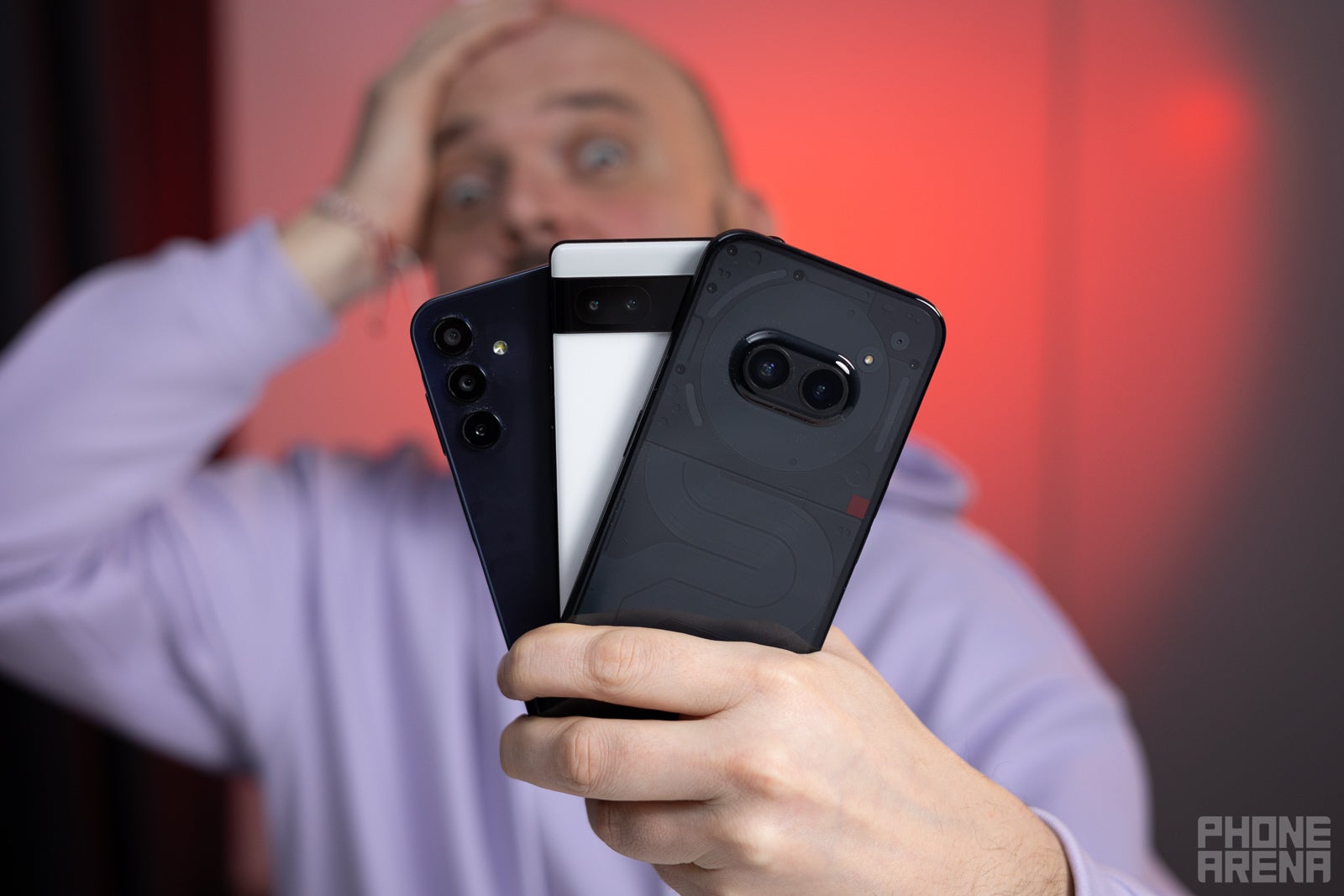
Google still sells the Pixel 6a at a price of $349, so you could say that's a direct competitor of the Nothing Phone (2a). Almost a couple of years old now... and with the old Tensor chip, But it seems the Tensor is still more potent than the MediaTek Dimensity 7200 Pro — the benchmarks certainly point to that. And, the Pixel 6a camera... is still better. Now, the Nothing Phone (2a) still has a lot going for it in terms of style, philosophy, and it's certainly not a bad phone, so there are still reasons to go for it.
We're also expecting a new Samsung Galaxy A55 to drop rather soon-ish. These typically go for about $450, but get price cuts to the $350 level, so it will also compete with the Nothing Phone (2a). What does it give us? Samsung UI with the full ecosystem, a triple camera, more color options — though, arguably, if you are interested in the simplicity and "cleanliness" of the Nothing brand, you probably aren't even into the Samsung interface.
Nothing Phone (2a) Summary and Final Verdict
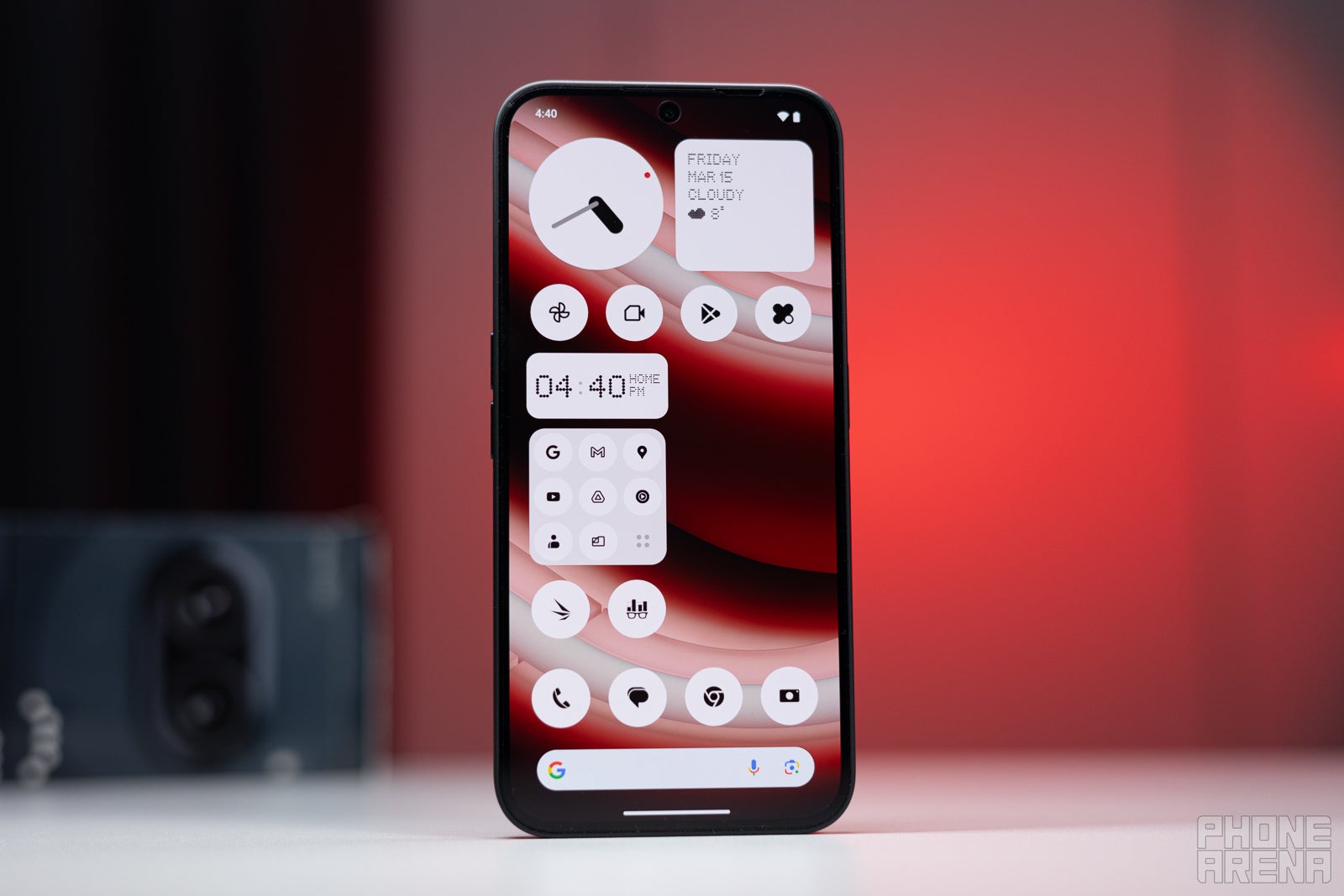
The Nothing Phone (2a) is a bold entry into the Nothing portfolio. The company shaved down a lot in order to meet a much lower price point, but managed to keep the phone unique, quirky, and unmistakably Nothing.
As a lifestyle accessory, it's pretty unbeatable for its looks and design at the $350 price point. If you want a better camera, you should still hunt down a Pixel 6a. If you want better performance, it's better to save up and go for a $500 OnePlus 12R.
But if you are enamored by the Nothing style and want a taste of that Glyph interface, monochrome homescreen life — the Phone (2a) delivers that. And is adequate in the aforementioned areas, if not the best.
Follow us on Google News

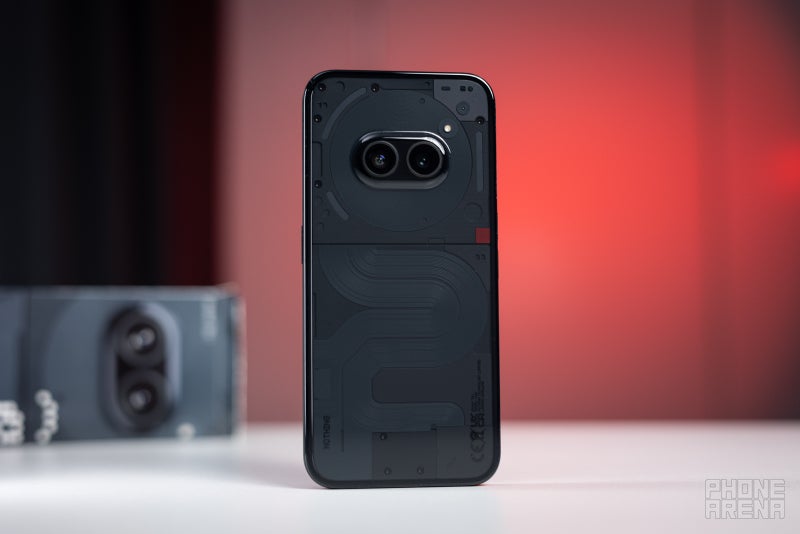

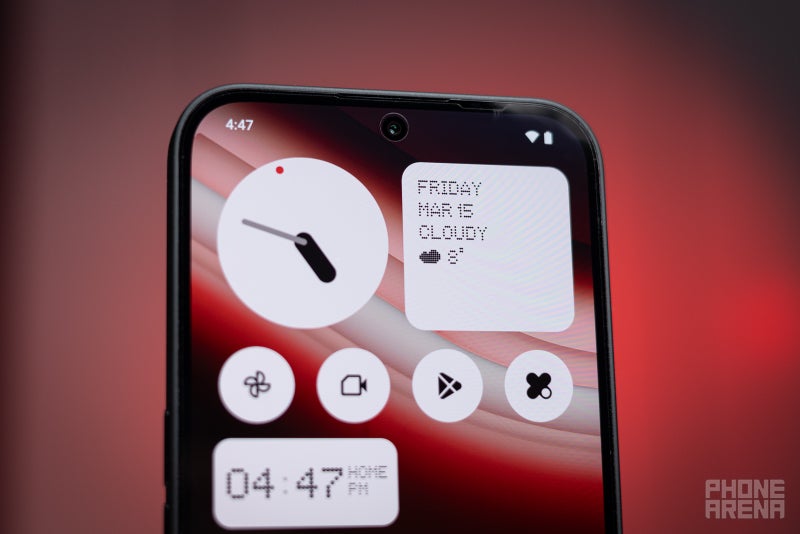
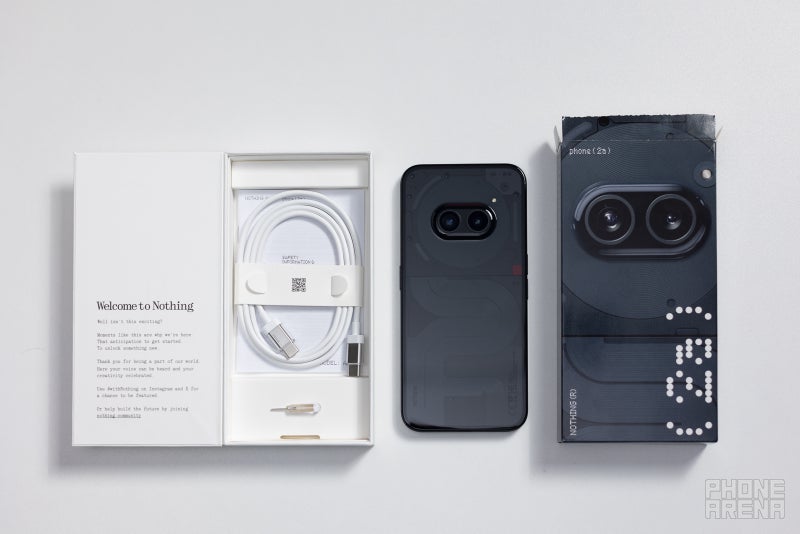
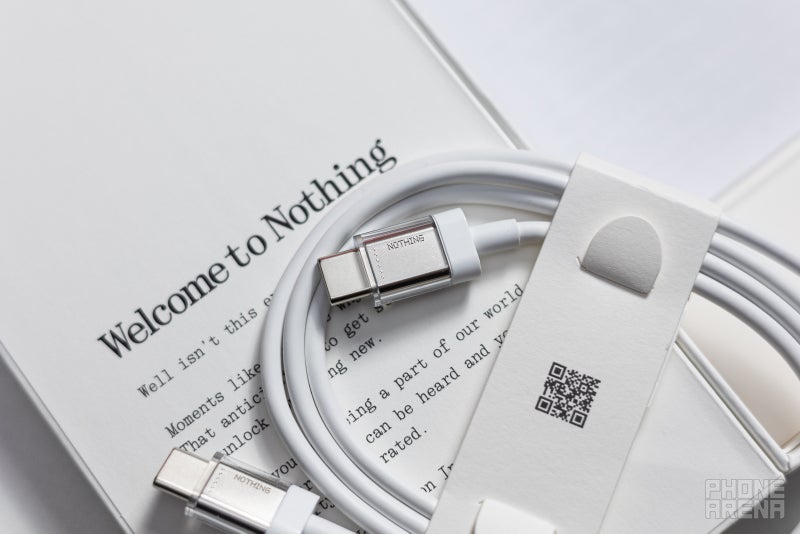
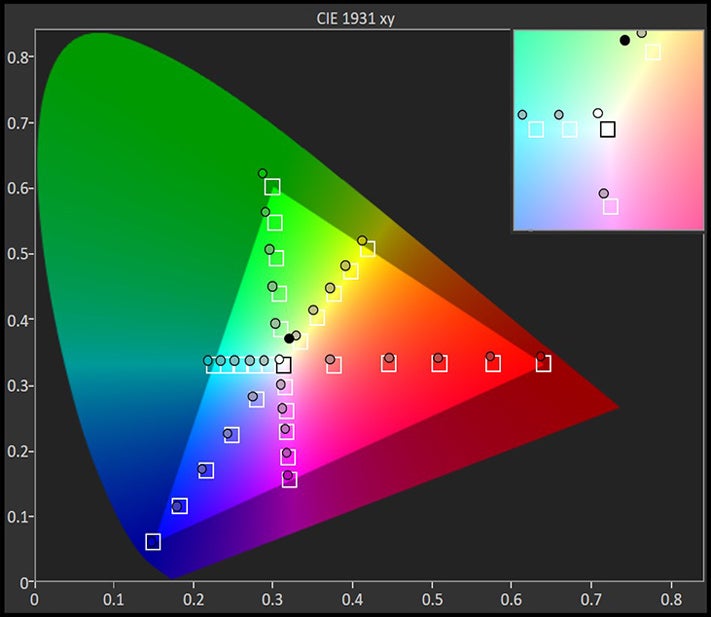




















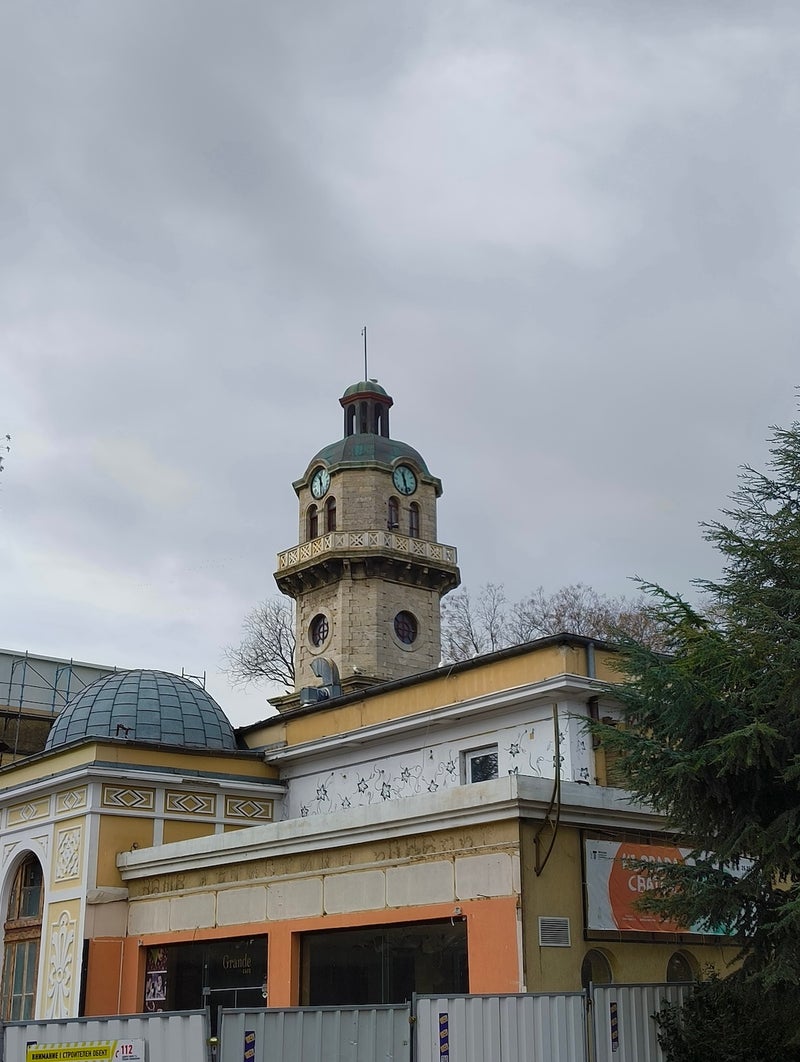









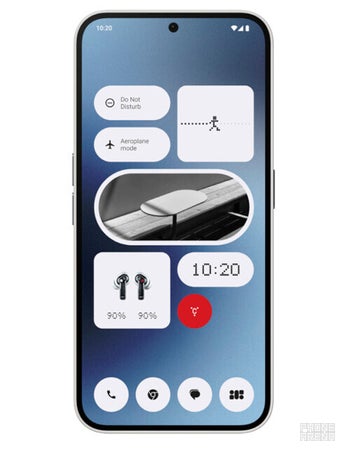


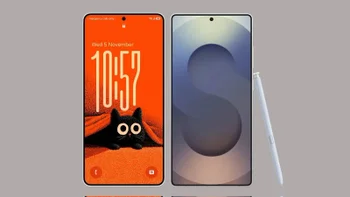









Things that are NOT allowed:
To help keep our community safe and free from spam, we apply temporary limits to newly created accounts: